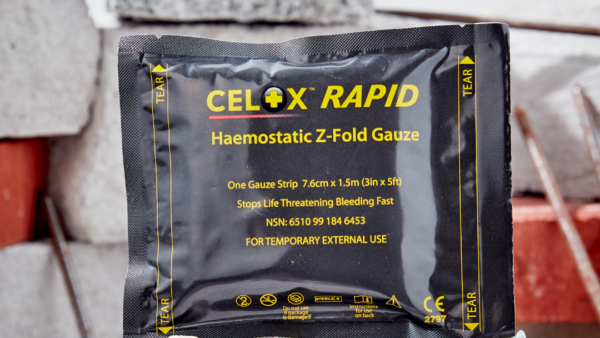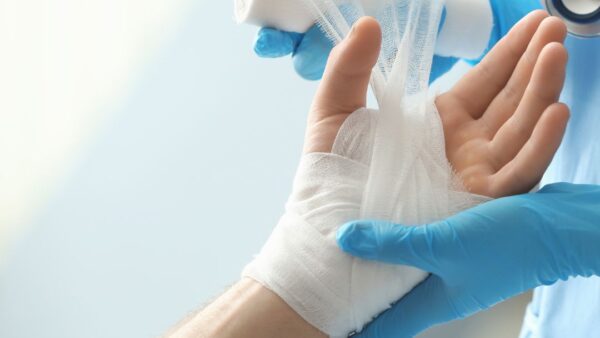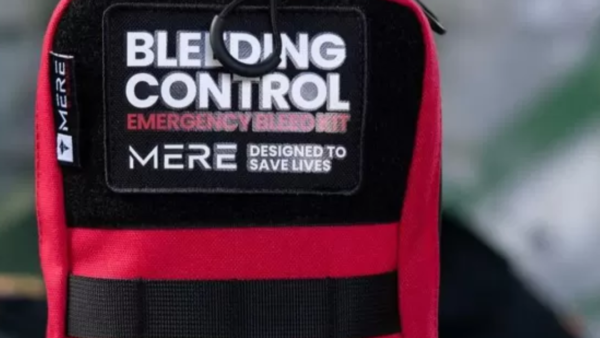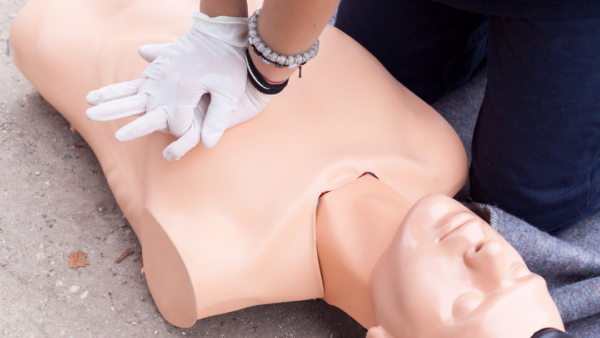Medical Kits for boats and yachts
Click HERE to see the MERE Boat First Aid Kit
Whether you’re going for a cruise around the lakes or you’re enjoying a day of wakeboarding behind your boat – there’s no question that all boats and yachts require a good first-aid kit or a medical kit on board. Emergency situations by their very nature can happen at any time, as well as passengers and crew seeking medical attention for both new and pre-existing minor injuries and all sorts of medical problems.
It can be quite confusing as lots of boat owners believe first aid kits should contain antibiotic ointment, antiseptic wipes, creams for allergic reactions and adhesive bandages. Calls for medical assistance can range from minor cuts to insect bites, motion sickness to eye injuries; the list of potential first aid items could be endless, but fortunately, some easy to follow guidance is at hand.
When operating a larger boat or yacht; the type of medical kit and contents within can depend on the flag it is registered under. It’s also key to consider what type of activities are planned and the number of passengers on board as well.
The UK Maritime and Coastguard Agency (MCA) utilises three categories of medical and first aid kits for commercial vessels. These have been designed to meet the requirements based upon the ship’s activities:
Inshore First Aid Kit: MCA Category C
Category C first aid kits are intended for small boats wishing to undertake inshore boating – essentially no further than 60 nautical miles from shore (or six hours from medical care). The Category C medical kits will often include an array of supplies including plasters, dressings, triangular bandage, adhesive tape, a handy first-aid guide and other basic first aid supplies.
Coastal First Aid Kit: MCA Category B
For boats staying within 12 to 24 hours from medical care, or 150 nautical miles of the coast, a Category B first aid kit is required. This fundamentally allows the crew to manage most minor medical scenarios before further help arrives. Additional equipment within a Category B medical kit will likely include resuscitation aids and trauma tools.
Offshore and Ocean Medical Kit: MCA Category A
As you go further offshore, it’s highly likely that it will take longer for medical help to reach you. MCA Category A first aid kits comply with MSN 1768 requirements for ocean-going vessels – therefore it’s mandatory on commercial boats as well as lifeboats and life rafts operating further than 150 nautical miles offshore. As well as the distance from shore, considerations include being beyond helicopter range or within the reach of other sea rescue teams.
It will come as no surprise that Category A medical kits include oxygen and equipment to treat major wounds, bony injuries and burns.
It’s recommended that two separate bags form a Category A first aid kit. One ‘everyday medical care’ bag and another for life threatening emergencies.
The boat captain should as part of their normal safety checks ensure that the VHF radio is fully working, as well as the ship’s cell phone and/or satellite phone. It’s also a good idea that someone on board also takes responsibility for ensuring that expiration dates are regularly checked and that none of the kits are missing or damaged. Some members of the crew could also attend a suitable annual first aid course.
Any comprehensive marine first aid kit or marine emergency kit should also be stored in a suitable waterproof container or bag.
Ready to set sail?
Before setting off on your next boating journey, ensure that your medical kit is fully stocked and compliant. If you’re looking for further information, or struggling to understand which kit will meet your requirements, why not speak with one of our expert Paramedics who’ll gladly assist.






